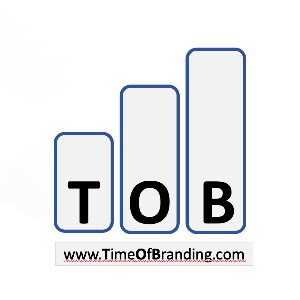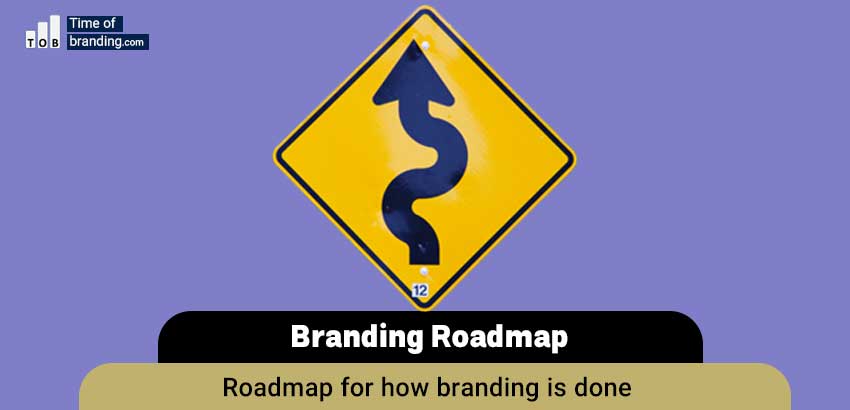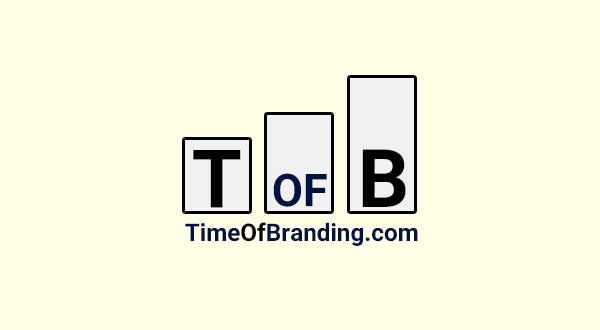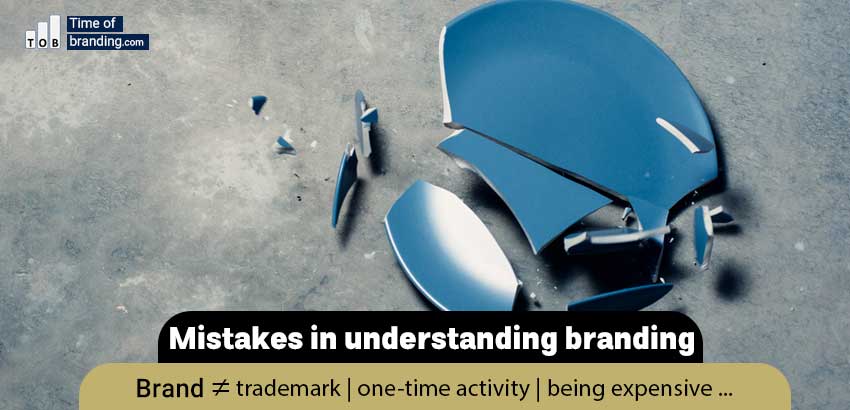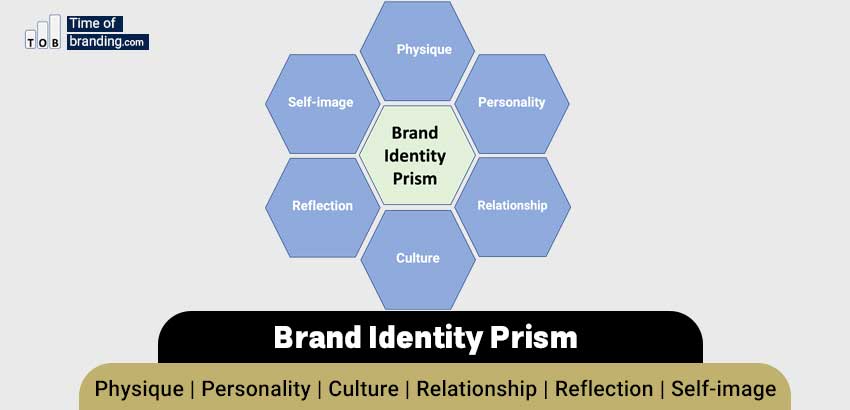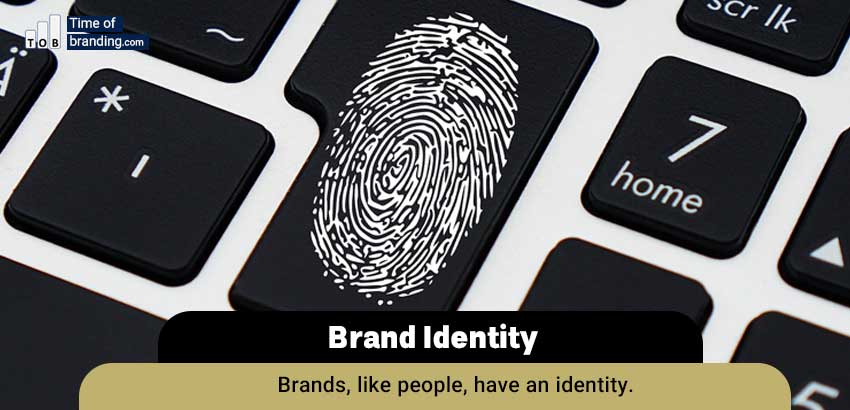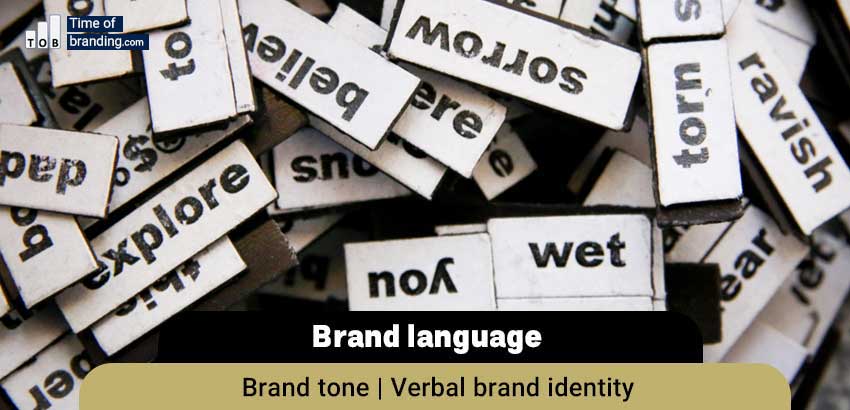Brand and branding have received more attention in recent years than ever before. Nowadays, all kinds of seminars and training courses are held frequently and widely regarding the topic of branding. The acceptance of these programs by managers, experts and specialists confirms this claim.
 As Jn Kapferer (a French researcher and author in the field of branding0, observed in his book “The New Strategic Brand Management“, Ultimately, what attracts new customers and keeps old customers is your brand.
As Jn Kapferer (a French researcher and author in the field of branding0, observed in his book “The New Strategic Brand Management“, Ultimately, what attracts new customers and keeps old customers is your brand.
Kapferer justifies this interest in branding and the significant growth of branding education by saying that topics such as customer relationship management, customer club setups, and other tools and techniques used to increase customer loyalty will sooner or later be imitated. And they cannot play the role of competitive advantage in the long term. And
Ultimately, what attracts new customers and keeps old customers is your brand.
From another perspective, we can look at the issue of branding and explain its importance. For example, in contemporary society, the supply of goods and services has increased dramatically, and even if you offer your product with the best quality, there are probably people who can compete with you in terms of “features and quality of the product.” In such a situation, the brand can create a more valuable and prominent position for the brand owner.
Although we talked about the product, this situation is not only for the product brand and the business brand. It is true for the personal brand and other types of brands as well.
Obviously brand is more than just a name or a graphic logo, and branding is not something that can be done in a limited time and in a room behind closed doors. Branding begins before the start of a serious economic or social activity and continues until the last day of that activity.
Even if we want to compare branding with all kinds of advertising methods, It can be said that branding is one of the most progressive forces in marketing.
Although branding may cost you a lot in the short term, in the long term it can reduce marketing and sales costs and increase customer loyalty.
Roadmap for branding
We suggest that you read these steps in the order provided
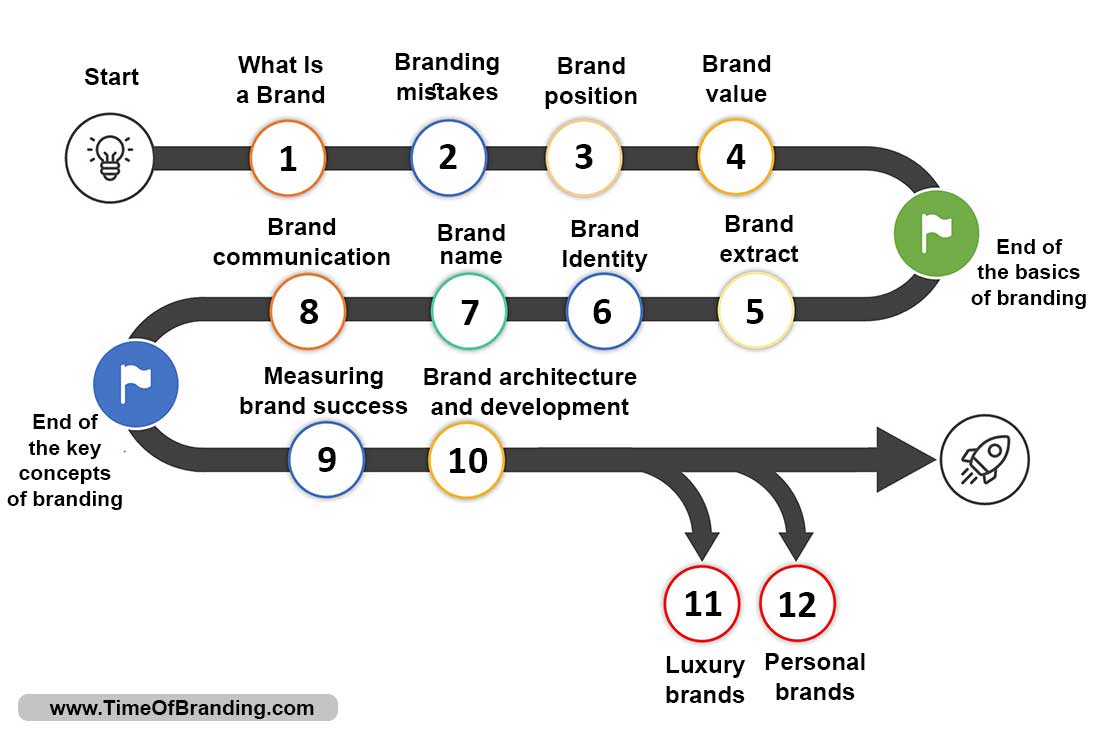
1. What is a brand? What does it mean to be branded?
In the first step of getting acquainted with branding, we must answer the question of what brand means. To say what a brand means, we talked a little about brand history and then went over a few brand definitions. We have also answered some common brand questions. For example:
- what is the function and benefit of branding?
- does the brand have to be well-known?
- What is the difference between a brand and a company or a person name?
- Does being a brand mean being expensive?
- Can “everyone” be the target of a brand or company?
- …..
2. Common Branding Mistakes
One of the hallmarks of branding is that we all have backgrounds on the term.
In fact, the word branding has become part of our everyday words and many people who use this word are not very familiar with the definitions and concepts in this field.
For this reason, in the first step, we will explain the common mistakes in understanding the concept of branding.
3. Brand Positioning
Once you are familiar with the meaning of the brand and the initial image of it is formed in your mind, we come to the very important topic of Brand Position. Positioning the brand seems simple in appearance. Words we have seen and heard everywhere about the definition of position:
- Who are the brand customers (and who are not)?
- In which category does the brand fall?
- What is the benefit of the brand for the customer or the brand audience?
But you should not simply ignore these questions. Incidentally, many brands – both newcomers and established brands – have trouble at this point (understanding the meaning of position). Either they are challenged in defining the audience or they can not identify or define their category well. So it is important to talk about the brand position in detail
4. Brand Value Proposition
Three questions arise in defining brand position : customer, category and benefit
The third option is of particular importance and we have talked about this in Value Proposition article.
5. Brand Essence
After the brand position is determined and what your brand’s value proposition is, there is another question you need to answer.
How is your Brand Essence defined?
If you could sum up your entire brand in one concept or feature, what would that concept or feature be?
Brand DNA and brand core are sometimes used as synonyms for brand essence.
brand extract is one of the fundamental and important topics in branding, and we suggest that you definitely take the time to read it carefully.
6. Brand Identity
One of the most important steps you should take in branding is defining the brand identity and deciding on the dimensions of the brand identity
Therefore, we must first know what identity is and what it means. After that, let’s go to a brand identity model.
We have fully discussed this issue in the brand identity definition article, and in a separate article, we investigate Kapferer’s brand identity prism as one of the brand identity models.
Therefore, we suggest that you read the following two lessons with a short time interval so that the concept of brand identity is well formed in your mind.
One of the subsets of brand identity is brand language. On Timeofbranding.com’s site, we have dedicated another article to this topic, which complements the discussion of brand identity:
7. brand name selection
Choosing a brand name is more about taste. But there are some points in it that we should be familiar with.
If you have chosen your brand name and are now developing, promoting and establishing it, you can skip this step and go to the next lessons. But if you are still in the naming stage or have not even reached this stage, we suggest that you take the time to study the lesson on choosing a brand name.
8. Brand Communication
When our brand is defined, i.e. we have determined the brand position, brand identity and brand essence, it is time for Brand Communication. Usually, at this stage, topics such as advertising, content strategy and content production are discussed more.
But there are other issues in brand communication that we should pay attention to.
Touch points of brand
where we have emphasized that you should be sensitive to the message you send wherever and however you come into contact with your audience.
Brand ambassador:
which has become popular in recent years and considering that usually its border with brand endorsement by celebrities and influencer marketing is not clear, we have discussed the features and differences of these concepts.
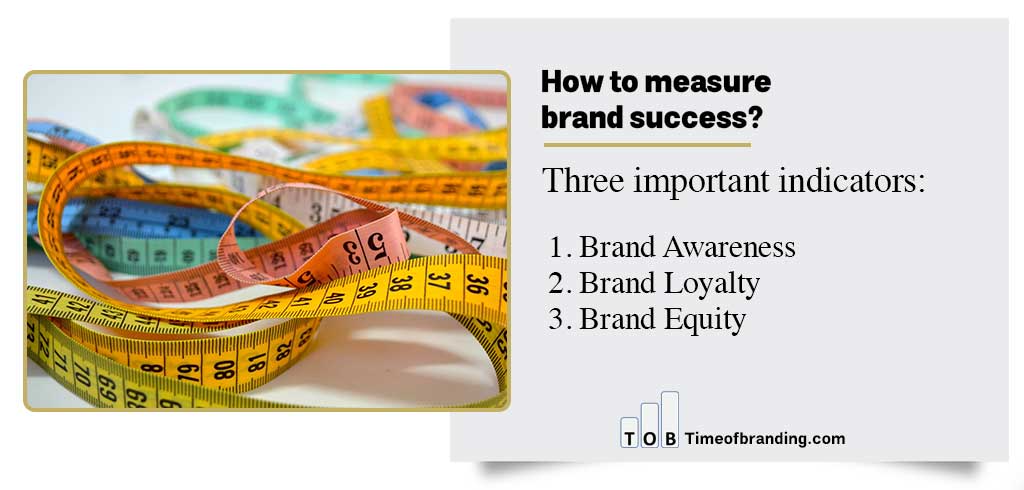
9. Measuring brand success
Suppose we have done all our efforts for branding and building a successful brand. How can you measure your success in this direction? Branding is not free. How to recognize that the expenses made have had a sufficient return on investment?
There are many criteria in this field and there are many and varied tools to measure the success of the brand. It may seem that everything is defined in the pricing of the brand. If we have done well, our brand value should increase. This is true, but brand value is a lagging indicator. That is, relying on this index, you will realize very late what you have done and what you have achieved.
In branding – as in many other management activities – it is better for us to pay attention to indicators that give us early feedback and say whether we have been successful or not.
First indicator used in this field is:
Brand Awareness:
Brand awareness is a combination of two indicators of brand recall and brand recognition and can help us measure the success of branding as a quantitative and measurable criterion.
Second indicator used in this field is:
Brand Loyalty
Strong branding should be able to increase customer loyalty to the brand. When Kapferer wants to talk about the use of branding, he goes to loyalty more than anything else. We will talk more about customer loyalty in the discussion of customer relationship management.
Third indicator used in this field is:
Brand Equity
Brand equity is different from brand valuation.
Brand equity shows how much a brand has become a reliable asset. Measuring brand equity is not that simple and it totally depends on your art and skill. To be able to define and measure specific value criteria.
For this purpose, first read the article on the definition of brand equity, and in another lesson, we have presented a questionnaire based on Keller’s model.
10. Brand architecture and brand development
Many businesses are not single-product businesses. They have several lines of activity. So to speak, they manage a portfolio of products.
In such a situation, branding faces new challenges:
- Should we use the same brand for all products?
- Should we use different brands for different products?
- Is it appropriate to include signs in brand names that indicate the ownership of a mother collection?
These are the questions that are addressed in brand architecture:
Brand architecture
Among the various topics raised in brand architecture, the importance of one topic is so great that we decided to dedicate an independent lesson to it:
when we spend the brand in different ways and in different places and for different products, its image may change. become weak in the customer’s mind. This is what is known as brand dilution. In an independent article, consider brand dilution as an important supplement to the course on brand architecture:
Brand dilution
10. Brand architecture and brand development
Many businesses are not single-product businesses. They have several lines of activity. So to speak, they manage a portfolio of products.
In such a situation, branding faces new challenges:
- Should we use the same brand for all products?
- Should we use different brands for different products?
- Is it appropriate to include signs in brand names that indicate the ownership of a mother collection?
These are the questions that are addressed in brand architecture:
Among the various topics raised in brand architecture, the importance of one topic is so great that we decided to dedicate an independent lesson to it
Brand dilution
when we spend the brand in different ways and in different places and for different products, its image may change. become weak in the customer’s mind. This is what is known as brand dilution. In an independent article, consider brand dilution as an important supplement to the course on brand architecture.
11. Luxury brand
The dream of many brand owners is to have a luxury brand. At the same time, they may not know the definition of luxury brand and do not understand exactly what they want.
The problem specifically starts with some people thinking that all expensive brands are necessarily luxury.
What is a luxury brand?
In this discussion, first in one lesson, we have reviewed the definition of luxury brand and we have said what is the difference between luxury brand and premium brand and expensive brand. Then, in another lesson, we have given some tips about building a luxury brand. These tips are more than a branding technique, they are a kind of mental model for luxury branding and help you think better about this concept and implement it.
Building a luxury brand
Of course, another feature of luxury brand lessons is that you may find that you don’t really need a luxury brand, or that such a goal is not suitable for you. This is not a small achievement and it is worth studying this lesson for that reason.
12. personal branding
Many of the principles of personal branding are the same as those of branding. For example, brand identity, brand essence, brand language and brand position are all relevant in this discussion. However, some topics are specifically related to personal branding and it was necessary to examine them in the form of separate lessons.
The importance of personal branding
First, in a lesson, we have discussed the importance of personal branding and explained why in recent years and decades, the issue of personal branding has received so much attention:
Branding for a person or for a business?
In this discussion, we have put this question in front of you, what is the relationship between “personal brand” and “product brand” or “business brand”?
Many business executives are so interested in being seen and recognized that their personal brand has risen to compete with their business brand.
For example, they constantly participate in seminars and tell about their experiences and guide others on what to do and what not to do. with the aim of being better seen and known. Is this correct? Will the personal brand and the business have synergy? Or may one harm the other?
Self-awareness in personal branding
Personal branding begins with self-awareness
If we start personal branding with self-awareness and a precise definition of our identity, our personal brand will have more authenticity and others will trust it more easily.
Brand identity addresses the question of who am I and what are my characteristics?
How can we convey the right message to others and create a reliable and trustworthy image in the audience’s mind until our task is not determined by this question?
Brand audience selection
- What people can I please?
- Who is my audience?
- What characteristics should my audience have?
This is the topic that we want to talk about in this lesson.
Brand Communication
Another important step in personal branding that you should know and spend time on is brand communication.
As someone who wants to have a strong personal brand, plan brand communications and manage the messages you send to your audience in a way that is informed, intelligent, and of course based on authenticity.
Self-disclosure and its role in personal branding
We know that if someone is interested in personal branding, he should definitely talk and interact with his brand’s audience. Now the question is, should we talk about the personal situation as well?
A significant part of the messages we send to our audience is related to our field of expertise, For example: The doctor talks about the patients who came to him; Economist writes economic analysis; An SEO expert talks about SEO experiences and tips
In short, everyone speaks and writes and produces content depending on their field of activity and expertise.
Now suppose that in your personal life, a relationship collapses. Or suppose a widespread disease like Corona comes and takes away your mood and energy. Or suppose the economic situation breaks down and financial concerns occupy your mind.
Do you talk about these concerns with your audience? Do you involve him in your affairs? Or do you prefer that your communication with the audience remains in the same framework as before?
The difference between signal and message and their role in branding
In the process of personal branding, there is a difference between a signal and a message
Which do you consider the most criteria for judgment:
- The message that a brand has announced on big urban billboards? Or the message that forms in your mind when you see the packaging or product quality of that brand?
- Someone’s Instagram post? Or what he wrote in response to the comment of one of his audience?
We can use the message in situations where the sender consciously wants to convey a concept to the other party, and on the other hand, we can use the signal for times when the sender unconsciously sends a concept to the other party.
In this lesson, we talk about the difference between signal and message, which you should be familiar with in personal branding
